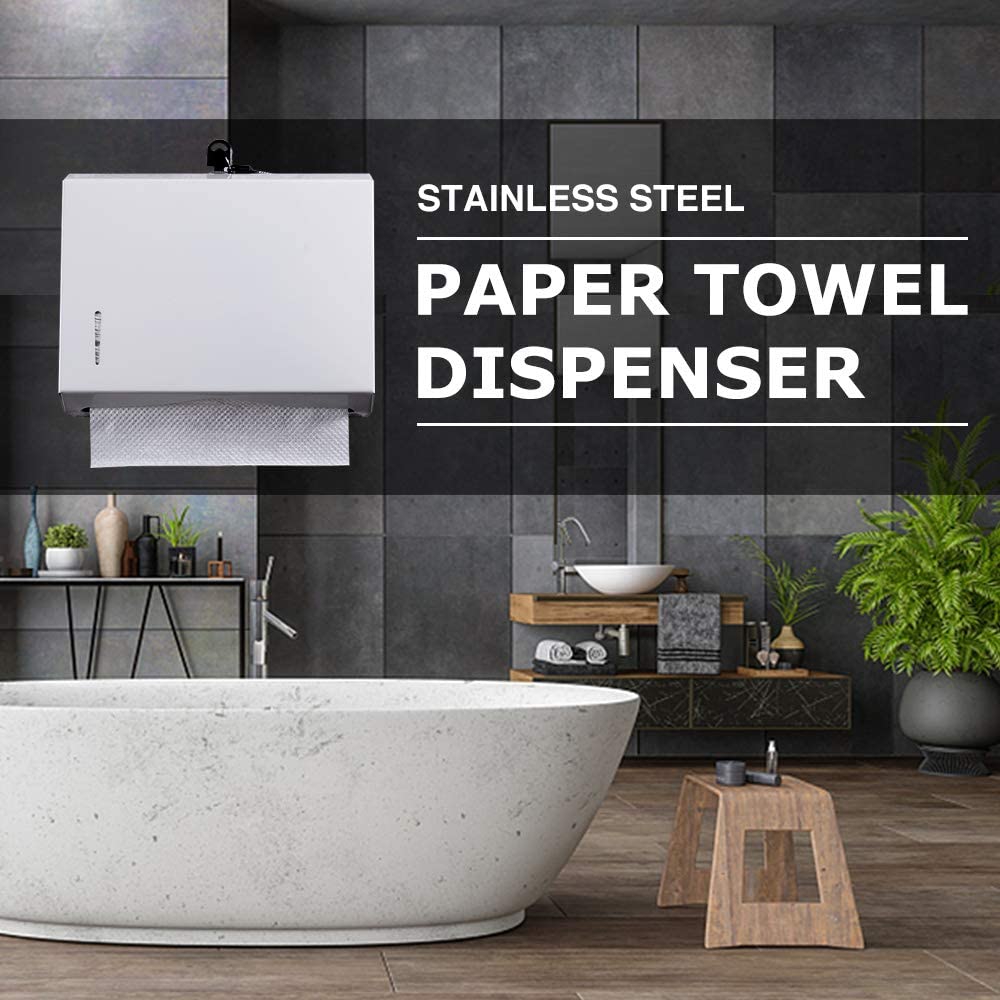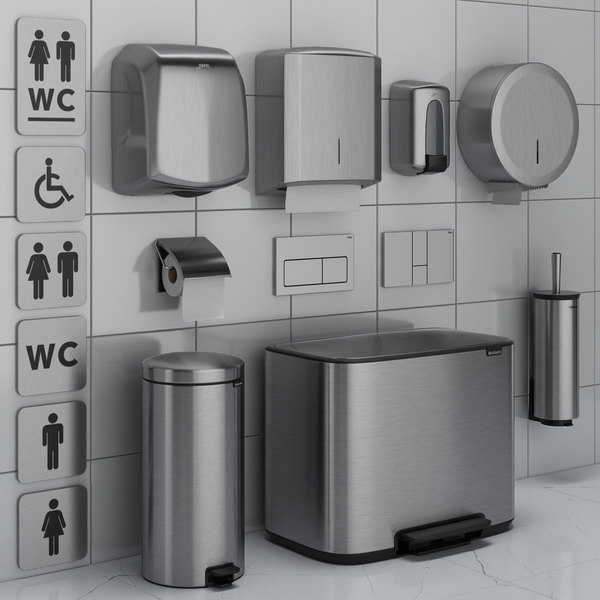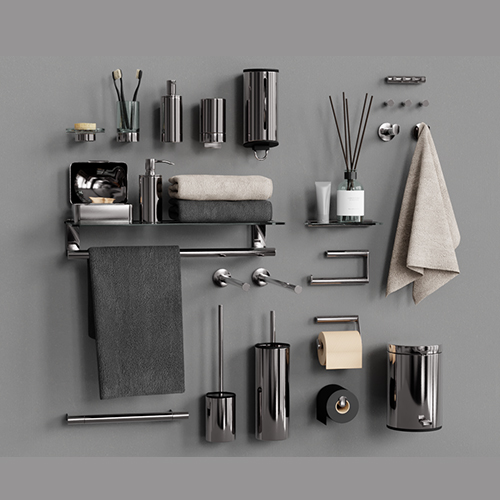TIPS FOR CHOOSING THE KITCHEN SINKS
Of all the elements of a kitchen, there are few as vital as the sink. This means that choosing the perfect kitchen sink is a priority for many homeowners. Not only does it serve as a functional workhorse as you cook, clean and go about day-to-day activities, but when chosen carefully a sink can be a stylish addition to your overall kitchen design too.
Every kitchen is different. So, there is no such thing as one perfect sink that will fit every home’s needs. Understanding a bit about what type of kitchen sinks are on the market today will make it easier for you to choose one that will help you strike that balance between form and function.
What are the Most Popular Types of Kitchen Sinks?
When it comes to types of kitchen sinks, there are actually three main decisions – the number of sections, mounting, and finishes.
Sinks come in two main different mount styles – top mount and under mount.
- Top mount sinks are also called drop-in sinks. These are usually easier to install as they drop-in from the top. They have a visible rim from above.
- Under mount sinks were designed more for aesthetic appeal than for their ease-of-installation. They require below-counter support anchors. However, they can provide a more elegant look and there is no rim taking up counter space.
Pros and Cons of Common Kitchen Sink Types?
Top-Mount
:max_bytes(150000):strip_icc():format(webp)/GettyImages-663753784-5a85d07a3de4230037e6695b.jpg)
The most common type of kitchen sink, the top-mount or drop-in, installs from above. Based on a template provided by the sink manufacturer, a hole is cut into the counter material and the sink is inserted from above. All of the sink’s weight is carried by the rim. Then the rim of the sink is caulked to the counter with silicone.
- No special skills are needed for installation.
- Most do-it-yourselfers can make sink cut-outs in laminate and even solid surface materials.
- Overall cost is relatively low.
- The sink’s rim prevents you from sweeping water and debris from the counter straight into the sink.
- The rim adds yet another part of the sink that needs to be cleaned.
- Some homeowners dislike the look of separation between sink and rim.
Under mount Sink
:max_bytes(150000):strip_icc():format(webp)/GettyImages-174841379-5a85d100ba61770036d9f06c.jpg)
Undermount sinks are the opposite of top-mount sinks, as the sink is attached to the bottom of the counter with special clips.
Pros
- Undermount sinks allow you to sweep countertop water and crumbs straight into the sink with a sponge. These sinks have no rim to get in the way, making clean up a charm.
- Smoother look is attractive to many homeowners.
- Undermount sinks are often of higher quality than overmount sinks.
Cons
- Though gunk does not build up on top, it will collect under the counter, where the sink and counter meet.
- Undermount sinks are usually more expensive to buy and install than overmount sinks.
Under mounting may limit the size of your sink
Double Basin/ Bowl Sink
:max_bytes(150000):strip_icc():format(webp)/kitchendoubleBasinsink-GettyImages-1098390260-420372a617b748d8a06491e6ad82d107.jpg)
The most popular type of kitchen sink arrangement, dual basins allow for washing on one side and rinsing or drying on the other side. Truly multi-purpose and highly flexible, double basin sinks have all sink operations covered: washing, rinsing, and draining. It is hard to go wrong with a good double basin sink.
- Multi-purpose and highly flexible.
- Useful in households without dishwashers.
- Either side can be too small to accommodate large pots, baking pans, or casseroles.
- Some homeowners dislike the utilitarian appearance of a double sink.
- Contemporary trends favor single-basin sinks.
Single Basin/Bowl Sink
:max_bytes(150000):strip_icc():format(webp)/SingleBasinKitchenSink-5a762a57ae9ab80036cf45cb.jpg)
Single basin is a general category of kitchen sinks, which can include both farmhouse (apron) sinks and in-counter sinks. This type of sink has no divided basin.
- The single basin is large enough to wash big items such as casseroles and cookie sheets.
- Single basins are ideal for large capacity houses with many people and busy cooking operations.
- If you like the look of an apron sink, you’re best off with a single basin.
Cons
- Be prepared to have a drying area on the side of the sink, as single basin sinks have no room for this.
- Single basins are less popular due to their inflexibility and small size.
Drainboard Sink
:max_bytes(150000):strip_icc():format(webp)/DrainboardKitchenSink-5a762bbceb97de0037ef6fec.jpg)
Drainboard sinks combine a small basin on one side with a counter-level drainboard on the other side.
Pros
- These smaller types of sinks are great in galley kitchens or any limited space.
- Because the drainboard portion has a lip around it, it traps water and quickly drains it back to the sink.
Cons
- Basins tend to be small in drainboard sinks. So if you love to cook and entertain lots of people, this sink may not be for you.
- If you rarely wash dishes by hand you’ll have little use for the drainboard.
Low Divider Double Basin Sink
:max_bytes(150000):strip_icc():format(webp)/Low-DivideKitchenSink-5a763707119fa8003735e84a.jpg)
A low divider kitchen sink is a double basin sink, but instead of the divider rising to the level of the top of the sink, it stops partway up.
Pros
- Low divider sinks are a perfect combination of single basin and double basin sinks. When you fill one side low with water, it works as a double basin sink. But if you need extra room for big pans, simply keep filling higher so that the water overflows the divider.
- Most people find the low divider sink easier to use for food prep.
Cons
- Since not many manufacturers offer low divider sinks, prices tend to be higher than for other types, such as single basin, double basin, and even farmhouse sinks.
- While in theory, it can double for a single basin sink, the low divider sink has less room for large items such as casseroles or broiler pans.
Which finishes are available for stainless steel sinks?
The sink’s finish is largely a matter of preference. The most common choices are:
- Mirror finish: extra shiny without a visible grain, which looks lovely but is the most prone to noticeable scratches and water spots
- Brushed and matte finishes: duller, camouflages scratches
- Satin finish: most popular option, lustrous but not too shiny
- Textured finish: hides damage, but may be difficult to clean
Because stainless steel naturally produces a tinny sound and amplifies the sound of clattering dishes and silverware, many high-quality sinks are equipped with sound-deadening pads on the underside of the sink.


